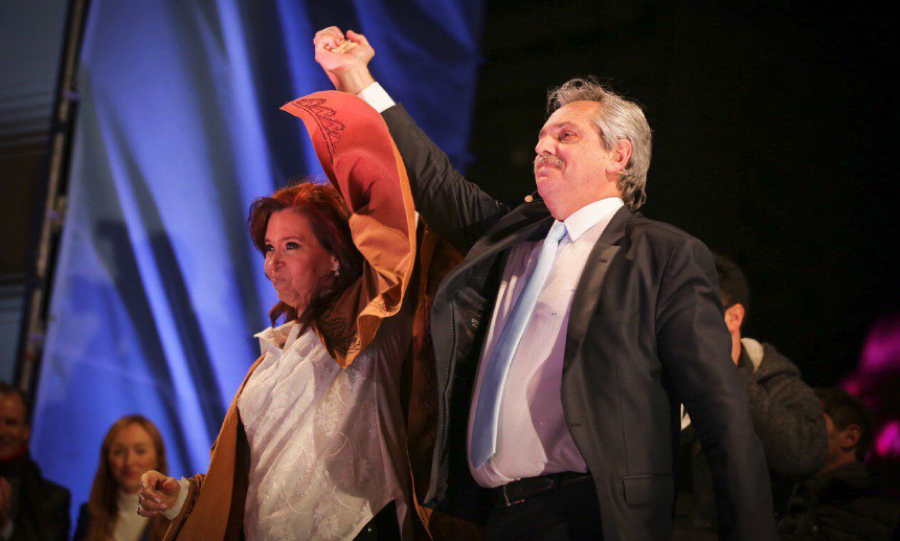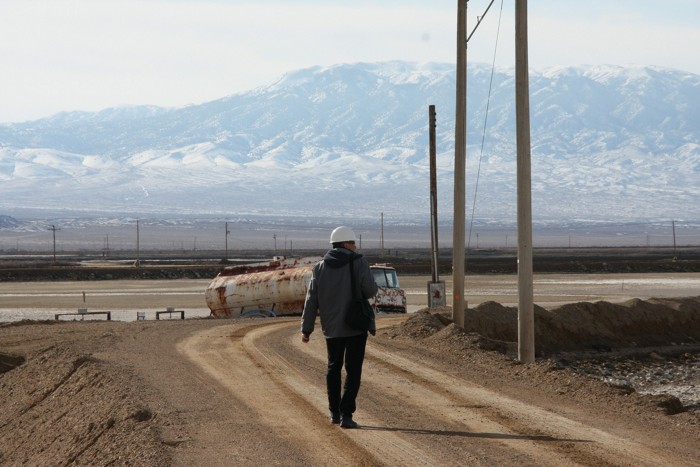Argentina’s mining sector holds off investments as presidential election looms

Argentina’s mining industry is following closely what opposition candidate Alberto Fernández, the front-runner for October’s presidential election, has to say when it comes to resources exploitation and foreign investment, as worries about the potential Peronist government turning to protectionist measures and populist policies.
Fernández, who pulled off a resounding victory in the primary elections held in August with more than 47% of the votes, is thought by many to be in favour of markets and capitals control.
Current president Mauricio Macri, in contrast, is seen as setting a safer investment climate for miners. His first move was to scrap a 5% mining tax, followed by an agreement that unified mining regulations of 20 of the country’s 23 provinces under a national act.
Alberto Fernández, the front-runner for October’s presidential election, is thought to be in favour of markets and capitals control.
The nation’s right-wing leader has also advanced plans to reduce costs and red tape for prospectors.
Fernández is trying to dispel any concerns on the matter. He recently met with representatives from 24 mining companies with projects in the country and told them he considered mining an opportunity, rather than a problem.
The leftist candidate has also vowed not to be an obstacle to the industry.
Argentina has reserves of lithium, copper, gold and silver, but the country has not seen a significant new mining project since 1997, when work started on Glencore’s Alumbrera gold and copper mine.
But in March, Yamana Gold, Goldcorp and Glencore revealed they were studying a plan to jointly develop the Agua Rica gold and copper project in the country’s northwest.
Canada’s First Quantum Minerals is also mulling a $3 billion investment in Taca Taca, another gold and copper project in Salta province.
Barrick, in turn, is considering shifting ownership of the Lama property at the Pascua-Lama project in Chile to nearby Veladero in Argentina. The planned mine at Pascua Lama has been delayed by legal and environmental disputes over Barrick’s initial plans to operate an open-pit mine at the site.
The lithium card
Fernández’s economic agenda includes a 10-year growth plan for the mining industry, led by the lithium sector.
Argentina has three lithium projects consolidated and in production — NRG Metals’ Hombre Muerto and Lithium Americas’ Cauchari-Olaroz in Catamarca province, and Orocobre’s Olaroz in Jujuy. A further 23 exploration projects are advancing to production.
According to a report by the Inter-American Development Bank (IDB), the country has 13% of the global lithium reserves, while annual production currently stands at 30,400 tonnes.
The South American nation is the world’s third biggest lithium producer, hosting 25% of the resources in the so-called lithium triangle (Chile, Bolivia and Argentina).
Argentina needs foreign investment and jobs that properly run and managed mining projects could bring in. The country is facing an economic crisis, with the central bank recently hiking interest rates to ease inflation and save the Argentinean peso, the worst-performing currency in emerging markets.
{{ commodity.name }}
{{ post.title }}
{{ post.date }}


Comments